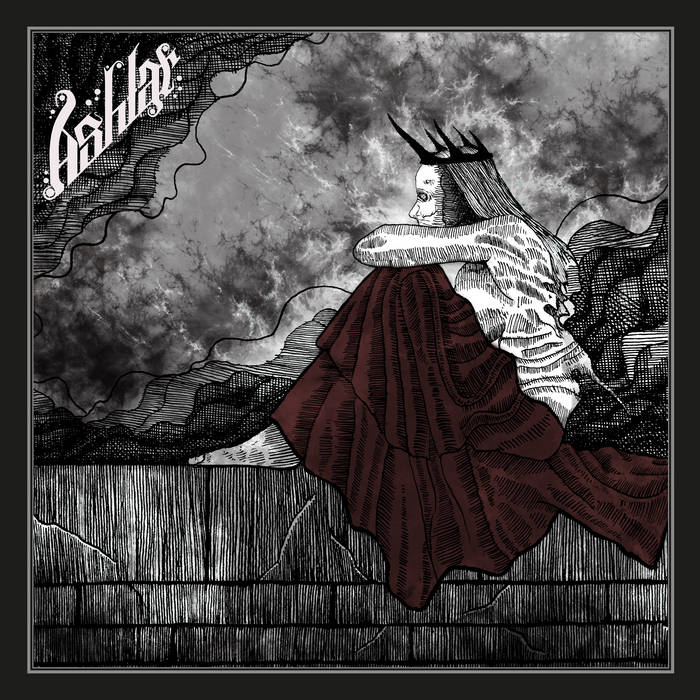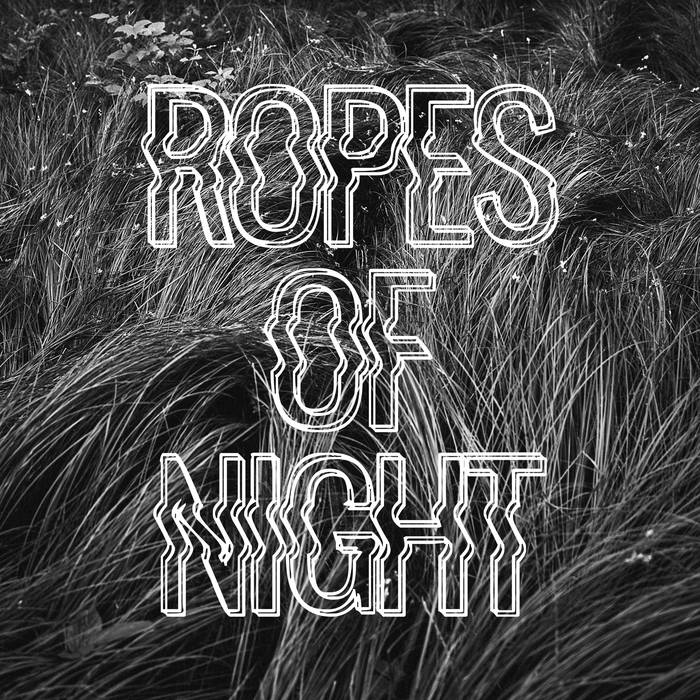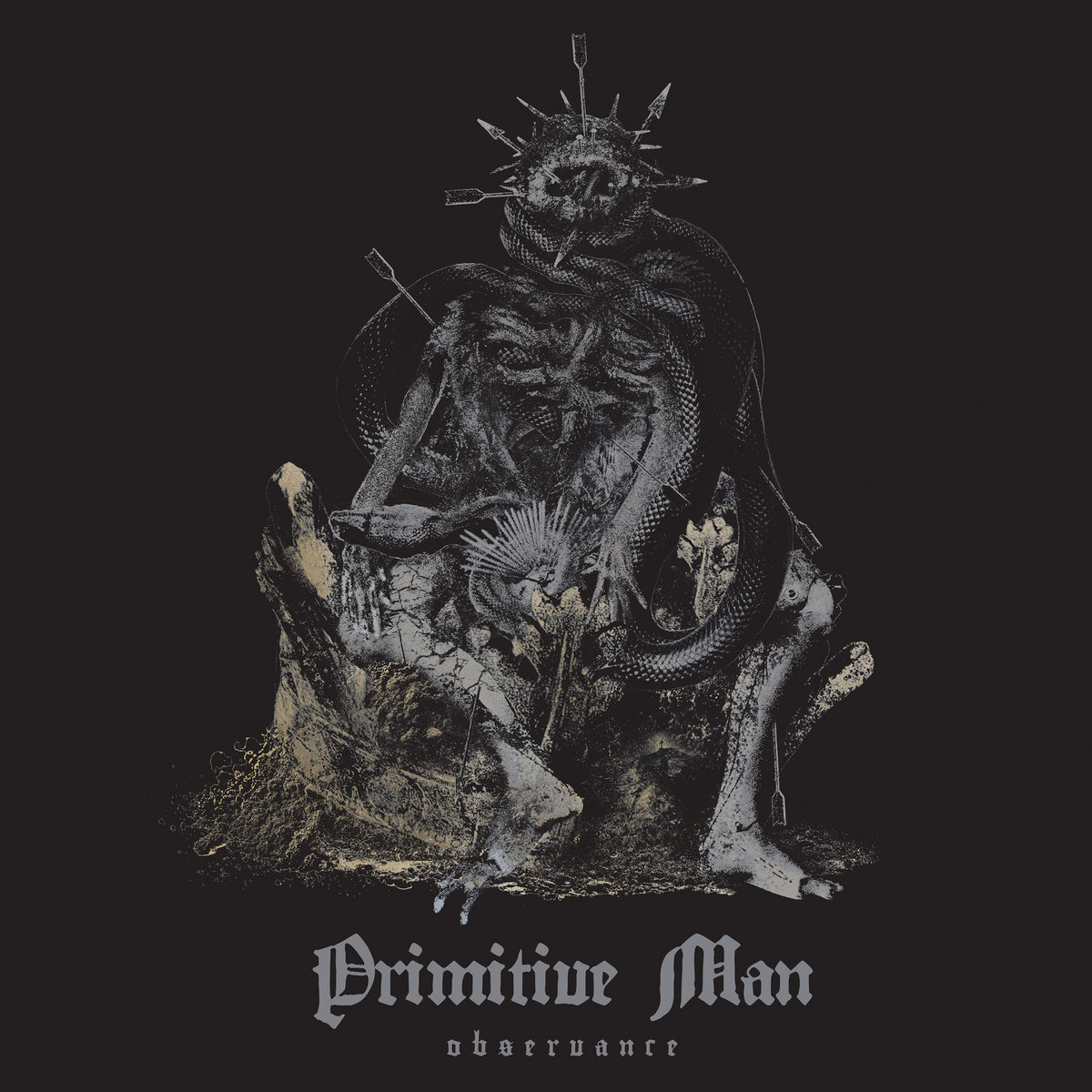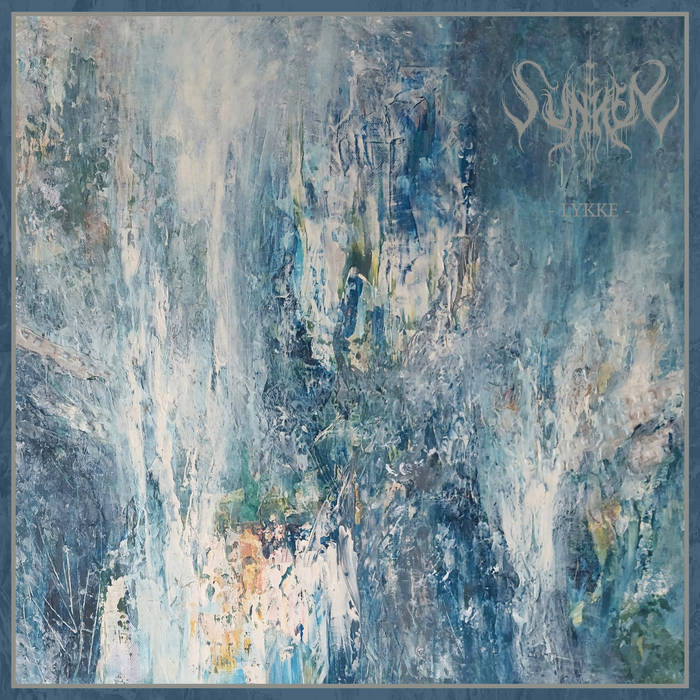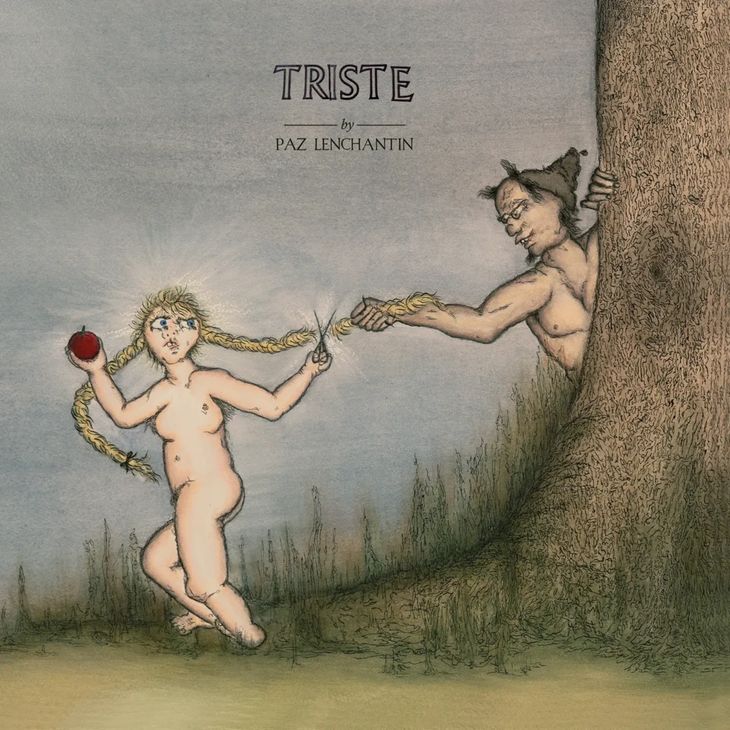Swiss-Finnish duo Ashtar shows again how duos can ride the edge between Black-Metal and Doom-Metal more than just effectively, they are releasing a mesmerizing concoction of slow melancholy and malice.
There must be something special going on in some European countries, because there is no rational explanation why such small countries like the Netherlands, Finland or Switzerland have such highly productive metal scenes. More often than not, these scenes share some kind of weakness for experimentation and spread some emotional despair. This sense of despair can be rooted in very different environments – it could be the far-stretching, never-ending, white horizons of Finland or the anonymity of overpopulated lowlands in Holland. Or Switzerland which has an incredible landscape that separates it from a lot of other countries as it is completely enclosed by the Alps with hardly a plateau or a lowland. This enclosed location surely emanates a sense of seclusion, of living in the shadows of these huge forces of nature which could cut you off from the rest of the world. And then – what to do in such lost places? Entrance: creativity! Switzerland has several scenes, of course mostly in the major cities like Zurich (never forget the Helvetic Underground Committee) or Lausanne (Borgne) or Basel with Ashtar among others leading the way.
Now, Ashtar has released their new album on May 15th and it is the follow-up to their debut Ilmasaari from 2015. Kaikuja is Finnish (drummer Marko Lehtinen is from Finland) and means ‘echoes’ which is somewhat telling as the duo definitely has a knack for wavering sounds that ripple the surface of their doom metal oceans. The married couple behind Ashtar play multiple instruments (apart from the usual they also use a violin) so that they can write and develop their songs pretty autonomously from any other band member. On stage they play as a quartet with two guest musicians so that Nadine can also focus on her vocals.
The record features an intriguing artwork of a crowned figure with the knees drawn up and an empty stare into the far-off distance. Again, despair in its purest form. And when you listen to the record this feeling intensifies as Ashtar give you a sense of looming bad karma that is going to crash and collapse over your head. The swooshing, gnawing riffs whirl around your head leaving you hardly any air to breathe before squeezing a bit harder and then letting go. This moment of letting go, which coincides with the intro to the second track, a near 14 minute epic, is a perfect example for modern doom bands and their way of giving the audience a moment to relax. The simple picking is joined by Nadine’s cello and slowly picks up pace and intensity just to enthrall the listener once more. The whole song never falls into a hurry but the sound of the guitar and the bass is crushing and the vocals also serve the purpose of screaming away every last bit of light. The noisy middle part brings this peace closer to post-metal than one might guess if you followed the duo since their early days.
This is definitely something worth noting: The band shows an evolution in sound and songwriting. They know to use different tempos and minor changes in sound and riffing and add simple layers of deep-tuned strings over it which sound a bit like horn sections. The Lehtinens are a force to be reckoned with for this year’s doom charts. Tracks like “Bloodstones” show an open ear for different tunings and they are able to open their songs up to let some single rays of light in. What might sound like a devious kind of torture here is really highly appreciated because these single spots of warmth embrace the listener and pad him on the back, telling him that there is some light no matter how dark and deep the shadows of the mountains might seem from the depressing cave in which one is hiding from the world, a cave in the Swiss mountains.

